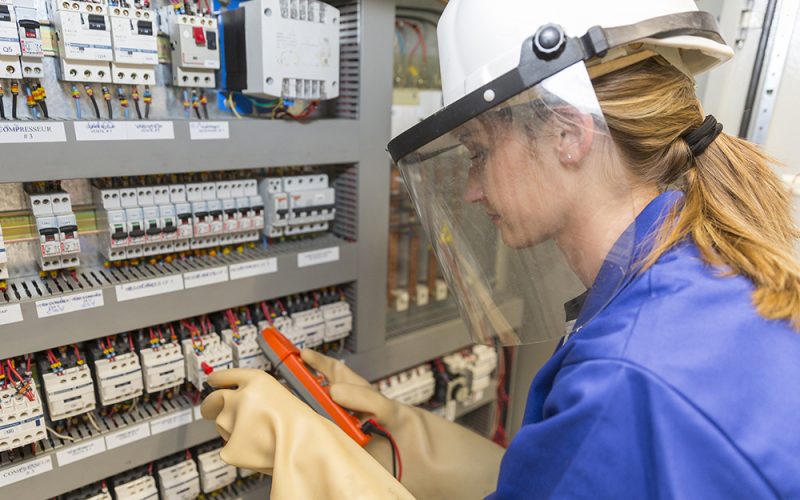Published on: December 3, 2020 at 12:11 PM
The Institute for Apprenticeships and Technical Education (the Institute) recently consulted with employers and stakeholders on its proposals for a new apprenticeship standard funding band allocation process.
The Institute proposed a new methodology in which funding bands would be calculated either by the use of cost rates derived from data about delivery costs, plus a variable element for some costs which could be provided by trailblazer groups; or calculated by asking trailblazers to provide a wider range of actual costs for specific apprenticeship standards.
Energy & Utility Skills’ modelling showed that dependence on rates generally resulted in much lower funding bands for sector apprenticeships, and in response to the consultation indicated that a greater level of trailblazer input on costs was needed in order to ensure that funding bands more accurately reflected the true costs of delivery.
The Institute received 180 responses to the consultation and engaged with employers to test the proposed model and have now (2 December) published their findings:
- While respondents were generally positive about the improved transparency of the model, many respondents raised a concern that the new model would result in broad reductions to levels of funding for current apprenticeships. This is not the intention of the model. Since September the Institute has been testing the proposed model with employers and training providers to see what effect use of the ‘variable’ element of the proposed model might have on funding levels.
- Linked to this concern, many respondents noted that the model did not take account of those costs associated with the delivery of an apprenticeship which are not eligible for government funding. It is worth reiterating that eligible costs policy is outside the scope of the consultation, and there has been no change in this policy. Nevertheless, the ESFA have agreed in parallel to review current policy on eligible costs.
- As further testing and ESFA’s review of eligible costs may have an impact on the final model, there is a need to ensure that these outcomes are understood before publication of the full response to the consultation.
- A full consultation response will be published in parallel with the outputs from the testing work and the conclusion of ESFA’s review. In the meantime, a consultation update, which includes a summary of some of the key themes emerging from the consultation is available here.
Next steps
In addition to the continuing work on the detail of the proposed approach, the Institute will now carry out internal testing of operational processes to better understand the impact of the proposed model on their own systems and processes. This is designed to ensure that trailblazers’ experience of using the new model runs smoothly when it is launched.
The Institute will work with the end-point assessment (EPA) sector to identify and develop options for how to estimate the cost of delivering EPA. This will replace the current quote-based estimate for EPA to form the EPA component of the overall funding band.
The Institute is considering several potential approaches and will continue to work with the sector to both design a model and gather further evidence on EPA delivery costs. Having completed this activity, and once the ESFA has completed its review of eligible costs, a final consultation response will be published, which will also include the outcomes of the first round of testing.
A second round of testing will then follow to understand the impact of the proposed model changes, particularly in light of any refinements following first round testing outcomes and the ESFA’s completed review.
Once this work is complete, a concluding report will be published which will include a project report, the final version of the model, final testing outcomes and a full impact assessment.
Proposed timescales
December 2020 – April 2021:
- ESFA undertakes a review of its existing eligible costs
- IfATE continues first round of testing
- IfATE tests the operational capability of the model
April – May 2021:
- ESFA completes review of eligible costs
- Full
response to the IfATE consultation including:
- full summary of responses
- outcomes of first round of testing
- launch second round of testing
Summer 2021:
- Final
publication including:
- testing outcomes
- agreed model
- final impact assessment
- implementation details
